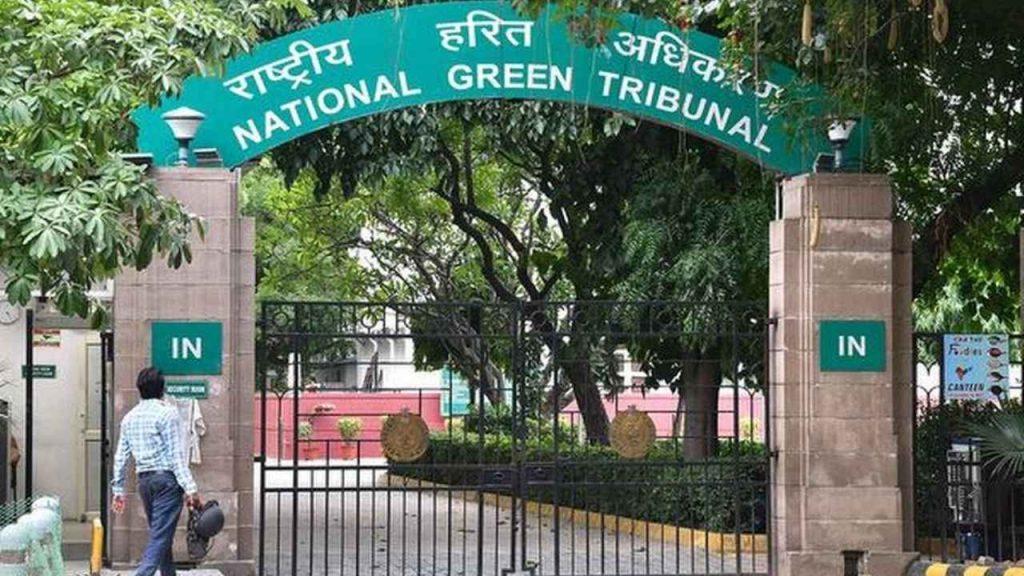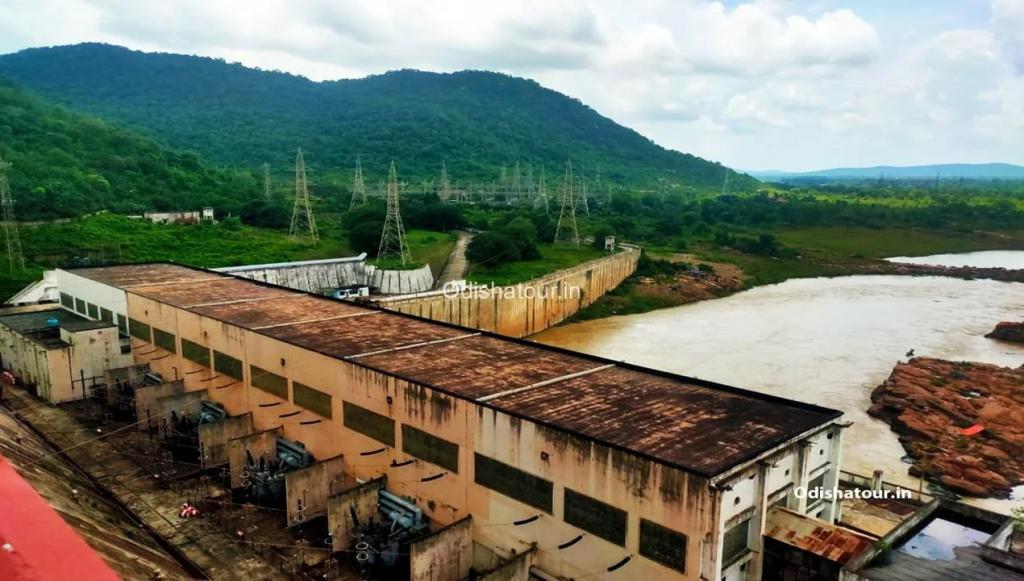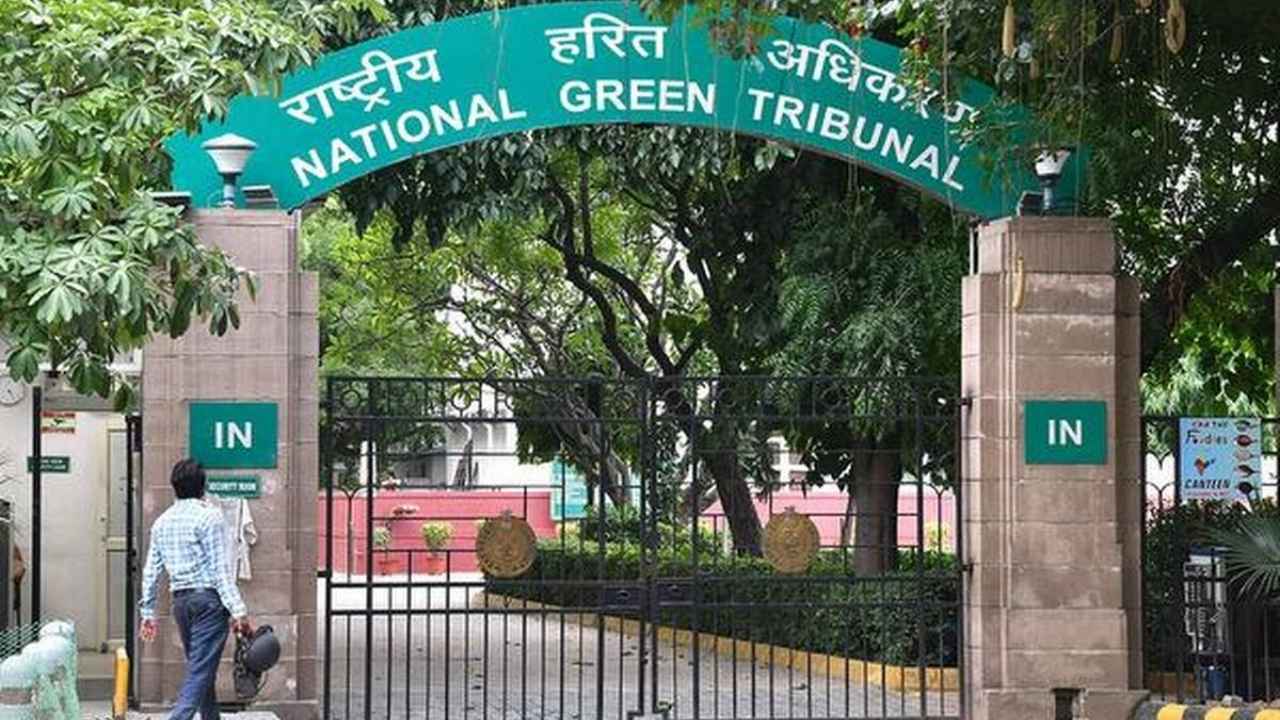In a recent ruling, the National Green Tribunal (NGT) raised serious concerns over the approval granted by the Odisha State Pollution Control Board (OSPCB) to East Coast Railway’s Rengali railway siding project. The NGT has slammed the board for allegedly granting an environmental clearance in violation of its own guidelines. This ruling, which highlights both legal and environmental concerns, is a significant moment in the ongoing conversation about protecting the environment while promoting infrastructure development.
The Rengali project, located in the Sambalpur district of Odisha, involves the construction of a railway siding by East Coast Railway. The project is intended to serve as a vital link for transporting goods and materials. However, the location of the project has raised concerns due to its proximity to sensitive areas, including schools, temples, and residential zones. These concerns led the NGT to review the decision made by the OSPCB, ultimately concluding that the board had acted improperly in granting environmental clearance.

In this article, we’ll dive deep into the NGT’s decision, the background of the Rengali project, the key findings from the tribunal’s ruling, and what this means for the future of environmental approvals in India. Along the way, we’ll provide practical advice for understanding how such approvals work and why they are important for both the environment and development projects.
NGT’s Ruling on the Rengali Project
| Key Points | Details |
|---|---|
| NGT’s Ruling | The NGT reprimanded the Odisha Pollution Control Board (OSPCB) for granting an environmental clearance in violation of its own guidelines. |
| Rengali Project Location | The railway siding is located within 100–130 meters of sensitive areas like schools and temples, which raised concerns over the potential environmental impact. |
| NGT’s Directive | The NGT emphasized that future clearances must adhere strictly to environmental norms and past violations should be considered. |
| Lack of Penalties | Despite finding irregularities, the NGT did not impose fines on East Coast Railway, citing a lack of fraudulent intent. |
| Project Status | The railway siding was operational for about a month before being shut down due to the environmental concerns raised. |
| Official Resources | Times of India – NGT’s ruling Odisha TV – NGT’s reprimand |
The NGT’s decision to reprimand the Odisha Pollution Control Board over the Rengali project serves as an important reminder of the need to balance development with environmental protection. The tribunal’s ruling underscores the importance of adhering to environmental guidelines and conducting thorough impact assessments to ensure that development projects are both sustainable and respectful of local communities.
The lesson here is clear: environmental oversight is not just a regulatory requirement; it’s a moral responsibility. Developers, government bodies, and communities must work together to create projects that benefit everyone, while safeguarding the environment for future generations.
Understanding the NGT and Its Role in Environmental Oversight
Before delving deeper into the case, it’s important to understand the role of the NGT in India. The National Green Tribunal (NGT) is a specialized judicial body that addresses environmental issues. Established under the National Green Tribunal Act of 2010, the NGT serves as a forum for the expeditious disposal of cases related to environmental protection, conservation of forests, and enforcement of laws concerning environmental protection. It’s tasked with ensuring that any development activity adheres to the environmental norms set forth by the Indian government.
The NGT is known for its strict stance on environmental conservation, and its verdicts often have significant consequences for development projects across the country. The NGT’s decision on the Rengali project serves as a reminder of the tribunal’s critical role in upholding environmental standards while ensuring that development activities are sustainable.

The Rengali Railway Siding Project
The Rengali railway siding project was conceived to improve transportation infrastructure in Odisha, specifically in the Sambalpur district. The siding is part of East Coast Railway’s initiative to boost its cargo transportation capacity. The project was aimed at facilitating the movement of goods to and from key industrial hubs in the region.
However, what was meant to be a straightforward development project soon became embroiled in controversy. The Rengali railway siding project is located in an area that is home to sensitive structures, including schools, temples, and residential areas. The environmental clearance granted by the Odisha Pollution Control Board (OSPCB) raised concerns about the potential negative impact the project could have on these sensitive zones.
The Rengali siding, which started operating in early 2025, was quickly shut down after the NGT took notice of the concerns raised by local environmentalists and activists. They argued that the board had violated its own guidelines, which require that sensitive areas such as schools and temples be given special consideration when approving projects like the Rengali siding.
The Alleged Environmental Violations
The heart of the controversy lies in the environmental clearance granted by the OSPCB. According to reports, the clearance was given despite the project’s proximity to areas that should have been considered off-limits under the board’s own rules.
Here’s where things get tricky: The OSPCB’s 2010 guidelines outline specific protocols that must be followed when granting environmental clearances. These protocols take into account factors like the proximity of sensitive areas, the potential for pollution, and the overall environmental impact of the project. In the case of the Rengali project, the siding was located just 100–130 meters away from schools and temples, which are considered sensitive areas. The OSPCB’s clearance of the project raised alarm bells because the guidelines suggest that projects located this close to sensitive zones should be scrutinized more carefully.
Despite these concerns, the OSPCB proceeded with its approval, which is where the NGT stepped in. In its ruling, the NGT found that the board had violated its own guidelines by granting approval without proper consideration of the environmental risks involved. The tribunal emphasized that such decisions could have far-reaching consequences, not just for the immediate environment but also for the people living in these areas.
The NGT’s Response
The NGT’s ruling has been a major point of discussion in both environmental and development circles. In its judgment, the tribunal made it clear that it was not pleased with the way the OSPCB handled the approval of the Rengali project. Here are some key aspects of the NGT’s response:
1. Failure to Follow Guidelines
The NGT criticized the OSPCB for failing to adhere to its own 2010 environmental guidelines. These guidelines were put in place to protect sensitive areas from environmental degradation caused by industrial activities. The NGT pointed out that the OSPCB had granted clearance without sufficiently assessing the risks posed to nearby schools, temples, and residential areas.
2. Inadequate Environmental Impact Assessment (EIA)
Another issue raised by the NGT was the lack of a comprehensive Environmental Impact Assessment (EIA). An EIA is a critical part of the approval process for projects that could potentially harm the environment. The NGT highlighted that the project had not undergone a sufficiently thorough EIA, which is required by law in cases like this. The tribunal emphasized that a proper EIA should have taken into account the potential harm to local ecosystems, air quality, and human health.
3. Non-Compliance with Safety Norms
The NGT also pointed out that the OSPCB had failed to ensure that safety norms were properly followed. While the project was cleared for construction, the tribunal questioned whether the necessary safety protocols were in place to protect both the environment and local communities.
4. Call for Strict Adherence to Environmental Norms in the Future
Moving forward, the NGT called for greater scrutiny of similar projects to ensure that they adhere to the country’s environmental laws and guidelines. The tribunal emphasized that approvals for future projects must take into account not just the development goals but also the long-term environmental impact.
What This Means for Future Development Projects
The NGT’s ruling serves as a wake-up call for both developers and regulatory bodies in India. It sends a strong message that environmental approvals cannot be granted recklessly and that guidelines must be followed to ensure the protection of sensitive areas.
Key Lessons for Developers
If you’re involved in a development project in India, particularly one that could impact the environment, there are a few takeaways from the NGT’s ruling:
- Adherence to Guidelines is Non-Negotiable: Environmental clearance cannot be taken lightly. Always ensure that you are complying with all guidelines and regulations set forth by the relevant authorities.
- Comprehensive EIAs Are Essential: Before starting any project, conduct a thorough Environmental Impact Assessment (EIA). This will help you understand the potential environmental risks and take steps to mitigate them.
- Prioritize Transparency and Communication: Engage with local communities and environmental experts early in the process. Transparency is key to ensuring that your project is sustainable and socially responsible.
- Regular Audits and Compliance Checks: Make sure that your project is regularly audited to ensure compliance with environmental laws throughout its lifespan.
Students in Odisha Clash with Authorities Over Dire Hostel Living Conditions – Here’s What Happened
Calcutta High Court Seeks Odisha’s Explanation on Alleged Detention of Bengali Workers
FAQs
What is the National Green Tribunal (NGT)?
The National Green Tribunal (NGT) is a specialized body in India established to resolve environmental disputes and ensure that laws protecting the environment are enforced effectively.
Why was the Rengali railway siding project controversial?
The project was controversial because it was located close to sensitive areas such as schools and temples. The environmental clearance was granted despite these concerns, which led to the NGT’s intervention.
What could happen to the Rengali project now?
The NGT has ordered that the project be halted until the necessary environmental assessments and protocols are followed. Future clearances will be subject to stricter scrutiny.
How can I ensure my project complies with environmental guidelines?
Make sure that you conduct a comprehensive Environmental Impact Assessment (EIA) and follow all regulatory guidelines provided by the authorities, such as the OSPCB.





